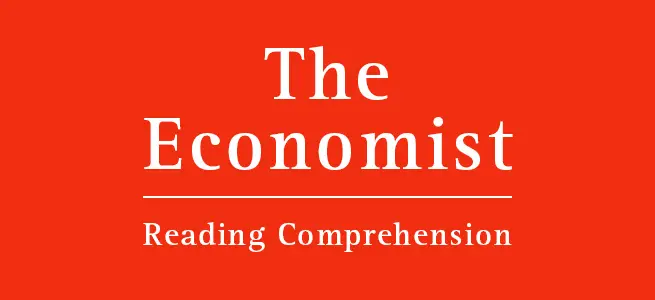Oh airline industry. How nobody understands your woes… This week’s Economist Reading Comprehension article will (hopefully) resolve that. New to this game? You may want to check out the post on using the economist to improve GMAT Reading Comprehension.
The Economist: Why airlines make such meager profits
The Article: http://www.economist.com/blogs/economist-explains/2014/02/economist-explains-5
1. According to the passage, each of the following is a factor that has affected the profitability of the airline industry except:
A. Stagnant growth in passenger miles traveled
B. Competition from new low cost airlines
C. Expenses related to pension liabilities
D. Little competition between their suppliers
E. Outbreaks of disease
2. The passage implies that before 1980
A. most airlines flew only long haul routes
B. short haul routes were not the most profitable airline routes
C. most airline passengers favored their national airlines
D. airline unions were relatively uncommon and when present had little power to determine employee compensation or work safety regulations
E. there was little cooperation between foreign governments in regulating the airline industry
3. Which of the following best expresses the primary purpose of the passage?
A. To discuss how low cost airlines have affected the profitability of the airline industry.
B. To critique the strategy taken by most major airlines in order to increase their profitability
C. To compare competing explanations for why the airline industry struggles to make high profit margins.
D. To discuss the variety of factors affecting the profitability of the airline industry
E. To compare the profitability of the airline industry before and after its deregulation.
4. Which of the following statements about the early days of the airline industry is best supported by the passage?
A. Airlines were relatively free to decide how much a certain airfare should cost.
B. Airlines employees earned relatively less income than their present day counterparts.
C. Only a few airlines were considered strategically important.
D. There was a lot of competition in short haul routes.
E. Airlines did not consider profit a primary concern.
5. Which of the following best describes the author’s tone about the future of the airline industry?
A. Cautiously optimistic
B. Cynical
C. Slightly pessimistic
D. Neutral
E. Strongly optimistic
Answers:
1. A
2. B
3. D
4. E
5. A

1 thought on “Economist Reading Comprehension Challenge #7”
Ha Ha!! I got 5 out of 5. I guess that is why I scored a 770 on the GMAT.
I like how you combined reading an interesting Economist article with GMAT questions. Keep up the good work.